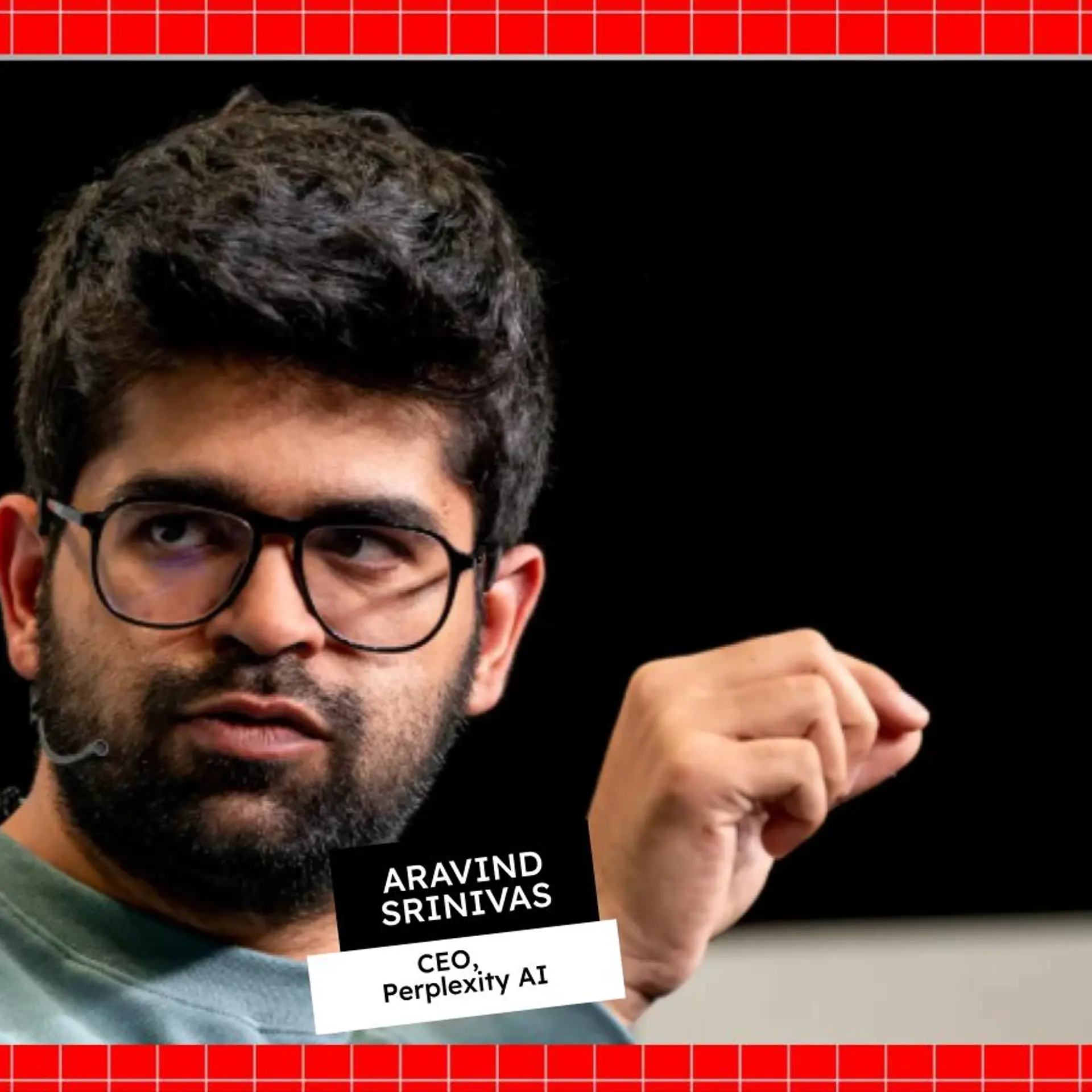One of the few Holocaust survival stories with a happy ending: Eva Erben’s story
For over 40 years, Holocaust survivor Eva Erben refused to tell her story. But today, with the rise of anti-semitism and Holocaust denial, she shares her story to help the fight for human rights.

Eva Erben’s life is one of the few Holocaust survival stories that had a happy ending. Born in Czechoslovakia, Eva was first taken to Terezin, and then survived Auschwitz-Birkenau, Gross Rosen, and the Death March at the end of the war. During the march, she collapsed along the way and was left for dead, until a local farmer found her and took care of her.
Founder and CEO Shradha Sharma recently caught up with the 89-year-old holocaust survivor on YourStory Inspirations series to talk about her incredible and moving journey. In this conversation, Eva shares the tale of her as a young girl struggling to cope with the fear and danger that becomes part of her world. Her experiences of the Holocaust is a poignant and moving story, as well as a critical historical record.
Watch the full conversation on YourStory Inspirations series here:
Eva’s first encounter with anti-semitism
As a kid, Eva loved eating ice cream at the local ice cream parlour after school. One day, however, she encountered a large poster on the door of the establishment that read ‘Entry forbidden to Jews and dogs.’
“I thought it was a terrible joke as I went into the parlour to buy my ice cream. But somehow, I couldn’t eat it,” recalls Eva. The persecution escalated shortly after that incident. Soon, Eva was forbidden from going to school. The family’s car and property were stolen, and they were moved to Terezín.
Terezín or Theresienstadt was a hybrid concentration camp and ghetto in the German-occupied region of Czechoslovakia. Terezín served two main purposes: it was simultaneously a waystation to the extermination camps while also serving as a ‘retirement settlement’ for elderly and prominent Jews to mislead their communities about the Final Solution. By 1944, however, the number of inhabitants increased.
Terezín, which was originally built to house 7,000 people, now had around 78,000 people living in the ghetto.

It was then that Eva and her mother were moved to Auschwitz. “It was an unbelievable shock when our train pulled into Auschwitz. It was hard to imagine that such a place existed on earth. The smell, the shouting, and the barking were all very overwhelming,” adds Eva, talking about how they were counted and segregated for Dr Mengele, or the Angel of Death, who is mainly remembered for his actions at the Auschwitz concentration camp, where he performed deadly experiments on prisoners.

Communal grave for victims of the Nazi-German Belsen Concentration Camp, April 1945. In the weeks before it's liberation, weakened prisoners died by the hundreds daily from typhus, typhoid and dysentery.
The Death March
Death marches or the forcible movement of prisoners by Nazi Germany toward the end of World War II and The Holocaust saw hundreds of thousands of prisoners, mostly Jews, from German concentration camps near the eastern front moved to camps inside Germany, away from Allied forces.
Eva, along with her fellow prisoners, was hurriedly evacuated by the SS and taken on a 500-kilometre march, walking 30 to 40 kilometres a day through Poland in the snow and cold. Her mother died on the way, leaving Eva alone in the world, but miraculously, Eva managed to escape her captors and was found and then hidden by a Czech family until the war ended.

Being born again
The way Eva saved herself was purely accidental. After her mother’s death, there were not many of them left in the group, and they were locked inside a barn to sleep. Looking for warmth, Eva huddled beside a cow in the corner and fell asleep. “When I woke up, nobody was there; I was alone in the barn and free,” she adds.
She continued walking for four days, and was found again by a German officer who put a gun to her head, but let her go because she looked like she would die soon anyway.

Rows of bodies at Nazi-German Belsen Concentration Camp on April 15, 1945. They were among thousands of corpses that lay unburied on the campgrounds when the camp was liberated by British Army, World.
Stumbling towards the Postřekov village, she was found by a local family who nursed her back to life with the help of breast milk procured through a midwife, and Eva likened it to a literal rebirth. The kind family went on to take care of her and provide her with a hiding place until the end of the War.
Today, 89-year-old Eva has three children, nine grandchildren, and eleven great-grandchildren. However, she is especially distraught about the recent rise in anti-semitism “I also don’t like everybody who is Jewish. But I don’t kill them. Let live. Let people live the way they want to,” says Eva.
Edited by Saheli Sen Gupta









